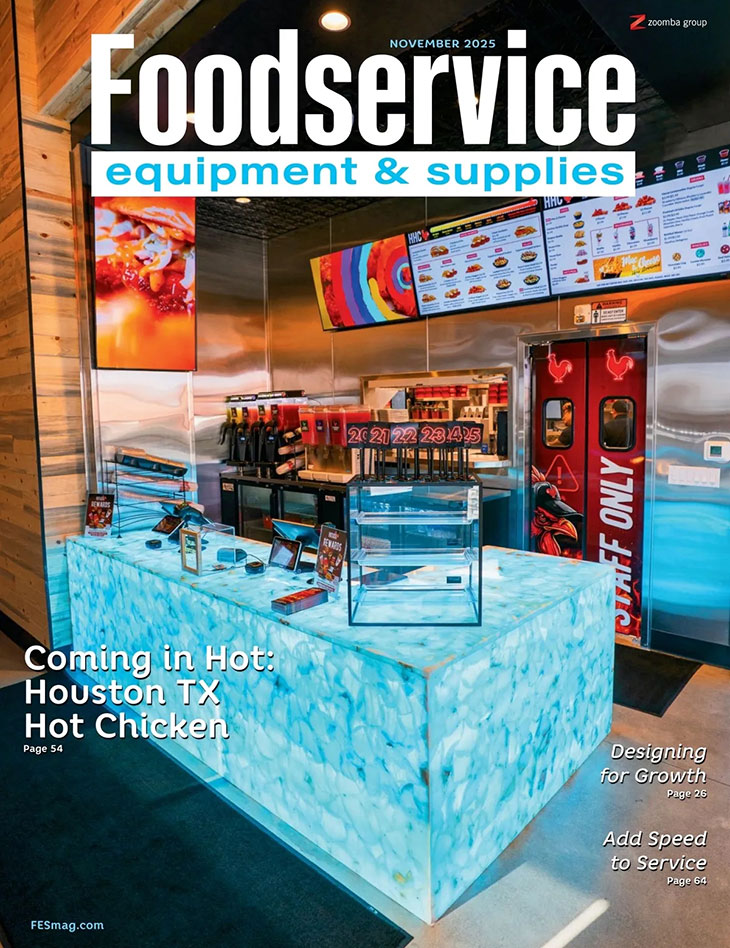While the concept of healthy eating may not be a new one, the way many foodservice operators are designing and equipping their facilities to meet the needs of the day is.
While the concept isn't new, rainwater collection continues to gain acceptance among foodservice operators.
In response to the slower-than-expected business climate, foodservice operators can look to their service agents for ways to lower operating costs.
Light. It's all around us, regardless of whether it is manmade or natural. It's the way we see. It's how we live.
Here are a few ways to troubleshoot any performance issues with a convection oven.
Entering 2011 the foodservice industry seemed poised for a better operating environment than in recent years. Consumer confidence seemed to be slowly inching up and, generally speaking, the national employment situation was gradually improving. But instead of seeing a steady improvement in the business climate, things have been uneven, at best, throughout the foodservice industry.
CFESA conference to focus on selling equipment, building values-driven organizations and more.
FE&S chats with Swedish Health Service's Eric Eisenberg about the evolution of healthcare foodservice, the foodservice equipment driving execution in this segment and more.
Even a thriving business can be reborn, transformed and achieve even greater success after its recreation.
Pulling off a multimillion dollar renovation of a restaurant while it is still in operation is a feat in and of itself, but to accomplish this with no cooking equipment, only 50 seats to serve 5,000 customers daily and with only a 15 percent drop in sales seems unheard of.
Before Renee Zonka was named as Dean of Kendall College, she had extensive experience as an off-premise caterer.
Foodservice has become a differentiator in today's hospitals. Progressive facilities competing for patients are instituting revolutionary room service programs; installing serveries with a variety of offerings; providing upscale, seasonal fare; and even creating destination restaurants with takeout programs rivaling the top chains.
By leveraging a durable and flexible equipment package, foodservice operators who participate in the catering segment can adapt to their customers various demands to provide unique and custom solutions.
New solutions allow proprietors to remotely manage their restaurant from a special tablet computer.
When it comes to water conservation, there are only so many times one can repeat the same old tips and tricks: install aerators on handsinks, use pre-rinse spray valves at dishwashing stations, buy water-saving warewashers. Most of us get it already.
Foodservice technologies provide a glimpse of what's important to the industry today and a look at the focal points of tomorrow.



